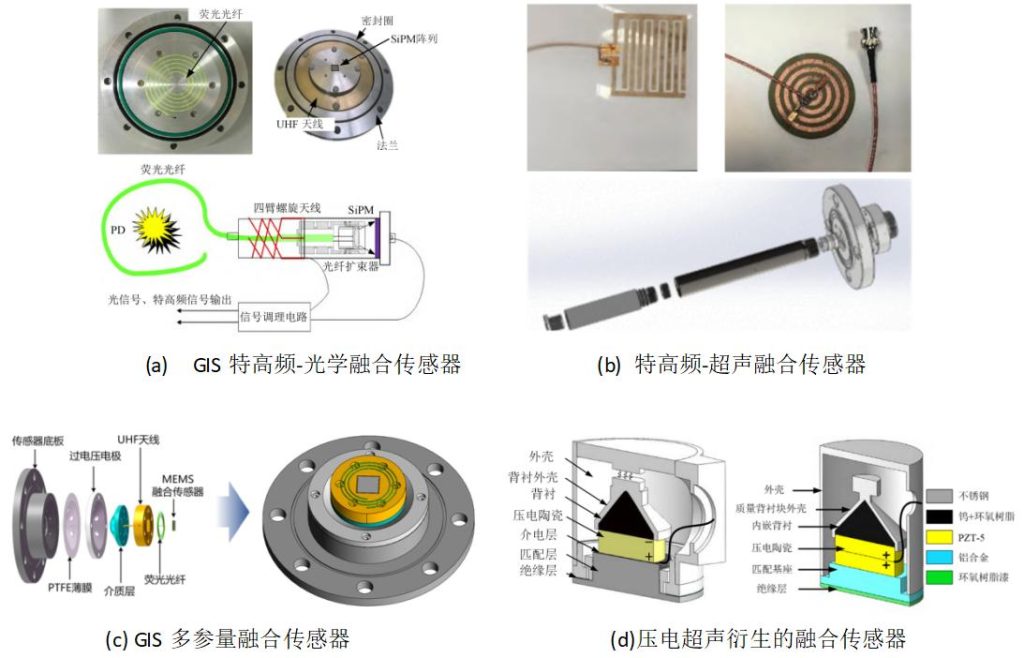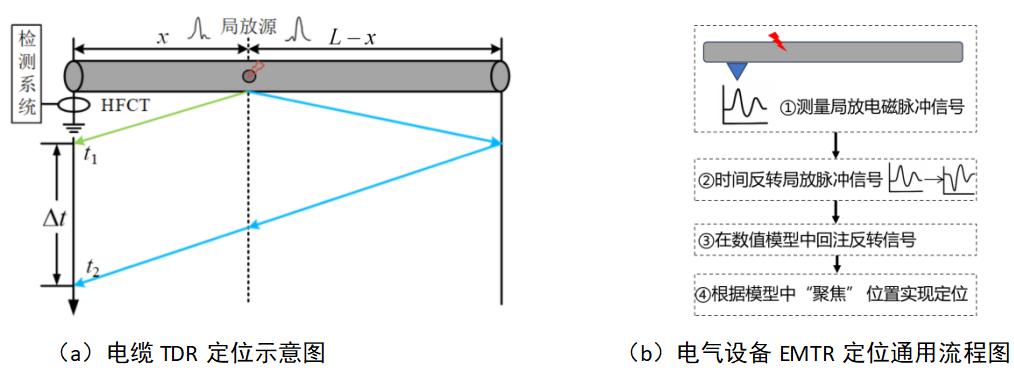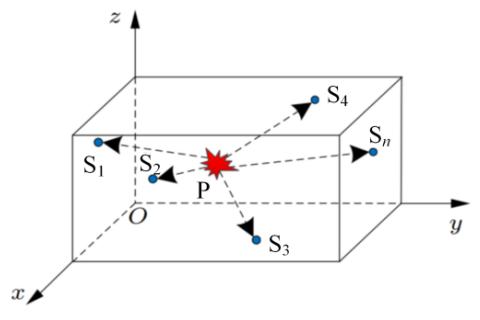1. Research Background
Partial discharge (PD) detection and analysis have consistently evolved toward three main goals: accurate detection, precise localization, and pattern recognition. Over the past decade, driven by the development of new power systems and smart grids, traditional PD detection technologies have been refined, while innovative methods have emerged.
This review summarizes the key research progress and technical evolution in PD detection between 2015 and 2025, while highlighting major challenges and potential solutions for future research and applications.
2. Partial Discharge Detection Technologies
2.1 Charge-Based PD Measurement
The pulse current method remains the most established PD measurement technique. In 2025, the IEC 60270 standard was updated and renamed as High-voltage test techniques: Charge-based measurement of partial discharges. This emphasizes the central role of charge quantity in quantitative PD evaluation, even though the detection method itself has not fundamentally changed.
2.2 Electromagnetic Detection (UHF Method)
The ultra-high-frequency (UHF) method captures high-frequency electromagnetic waves (300–3,000 MHz) generated by partial discharges. It effectively avoids corona interference and is widely used in online monitoring.
Recent research has focused on sensor design improvements, including butterfly-shaped, planar, Vivaldi, and microstrip antennas.
2.3 Optical Detection
Optical detection measures the light signals emitted during PD, offering complete immunity to electromagnetic interference. Although signal propagation and obstacles may affect performance, optical detection is highly sensitive and effective for monitoring PD within enclosed equipment.
2.4 Ultrasonic Detection
Ultrasonic detection can be divided into piezoelectric and fiber-optic-based approaches. In the past decade, fiber-optic ultrasonic sensors have advanced rapidly, demonstrating strong anti-EMI capabilities and high sensitivity, with great potential for power equipment monitoring.
2.5 Multi-parameter Fusion Detection
Different PD detection methods vary in sensitivity and effectiveness depending on defect type. By simultaneously measuring electromagnetic, acoustic, and optical signals, researchers have developed multi-parameter fusion sensors that combine complementary advantages for higher detection accuracy.

Despite advancements in optical, fiber-optic ultrasonic, and fusion techniques, the fundamental PD detection framework still relies on electromagnetic, acoustic, and optical signals. Exploring new measurable quantities and mechanisms remains a key research frontier.
3. Partial Discharge Localization Technologies
PD localization can be classified into three categories:
- 1D localization – for cables, transformer windings, and GIL.
- 2D localization – for open substations and outdoor environments.
- 3D localization – for transformers and enclosed equipment.
3.1 One-Dimensional (1D) Localization
The time-domain reflectometry (TDR) method is widely used in power cables. The challenge lies in extracting PD pulses accurately under noisy environments.
Derived from acoustics, time reversal (TR) technology has expanded into electromagnetic PD localization, leading to electromagnetic time-reversal (EMTR) methods.

[Fig.2: One-dimensional PD localization methods]
3.2 Two-Dimensional (2D) Localization
In substations, PD localization can be approximated as a 2D problem.
- TDOA (time difference of arrival) methods use multiple sensors to triangulate PD sources but require high sampling and synchronization accuracy.
- DOA (direction-of-arrival) methods are simpler and more practical, using antenna arrays to locate PD by intersecting wave arrival directions.

3.3 Three-Dimensional (3D) Localization
For large enclosed equipment like transformers, multi-sensor arrays and TDOA methods dominate. Research focuses on improving localization under noise, synchronization errors, and multipath propagation effects.
New strategies using feature matching and time-reversal techniques show promise but still face challenges in real-world applications due to modeling complexity.

4. Pattern Recognition of Partial Discharge Types
Defect type is directly related to PD severity. Pattern recognition relies on feature extraction from PD data and classification using rule-based criteria or data-driven models.
- Early methods: Artificial Neural Networks (ANN) and Support Vector Machines (SVM).
- Recent advances: Deep Learning (DL) methods now dominate, providing end-to-end feature extraction and superior recognition accuracy.
However, challenges remain due to limited real-world PD datasets. While lab tests achieve >90% accuracy, field applications still show performance gaps due to differences in defect conditions and environmental complexity.
5. Current Challenges and Future Directions
5.1 False Alarms and Missed Detections
- Missed detections often occur due to reliance on a single detection method or weak early signals.
- False alarms arise from environmental noise and interference from neighboring equipment.
Solutions include multi-parameter fusion, high-sampling acquisition, and multi-point monitoring. For now, many systems act as “sentinels”, providing early warnings rather than final diagnoses.
5.2 Limited Accuracy in Pattern Recognition
Deep learning shows promise but suffers from insufficient real-world PD samples. Future progress requires field data collection and avoiding over-reliance on algorithmic improvements without practical validation.
5.3 Theoretical Research under Complex Conditions
In real-world operations, equipment faces mixed stresses (AC, DC, impulse, transient). These conditions, combined with evolving insulation properties, make PD phenomena highly variable. Deeper theoretical research into PD mechanisms under complex stresses is essential for advancing detection and analysis.
6. Conclusion
- The PD detection system has become more comprehensive, with improvements in sensitivity, anti-interference ability, and adaptability. Deep learning offers new tools for localization and defect classification.
- Despite achievements, issues like false alarms, missed detections, and limited field recognition accuracy remain unsolved. Dynamic diagnostic methods for real-time risk assessment are urgently needed.
- Advancing fundamental PD theory under complex operating conditions will be crucial to bridging the gap between laboratory research and engineering applications.
